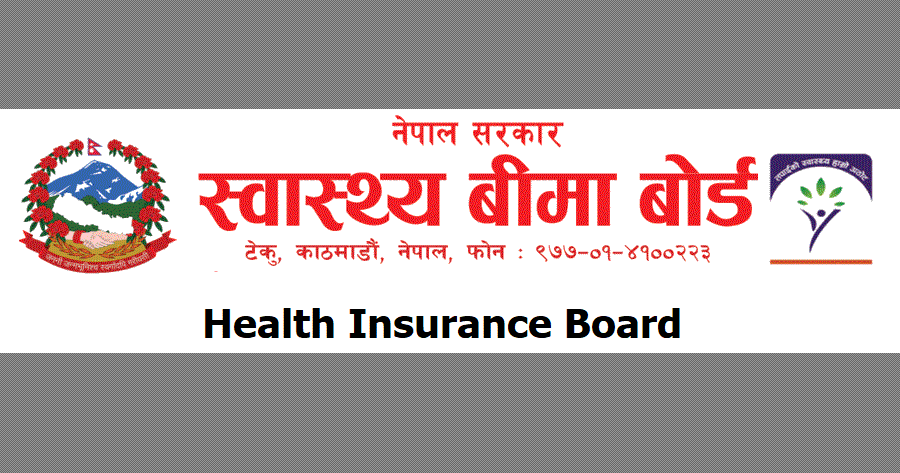
Expansion of Health Insurance Coverage to Organized Sectors in Nepal
The Health Insurance Board has announced a significant policy shift that mandates health insurance for all organized persons. This change aims to integrate employees across various sectors into the national health insurance program, enhancing the scope of healthcare coverage.
Definition and Inclusion of Organized Persons:
- Who are Organized Persons? According to Dr. Gunaraj Lohani, Chairman of the Health Insurance Board, organized persons are defined as salaried individuals. This includes civil servants, teachers, employees of public institutions, and members of the Nepal Police and Nepal Army, as well as workers in the broader industrial sector.
- Legal Basis: The inclusion of organized persons in the health insurance scheme is supported by existing legislation, with provisions made in the Health Insurance Act, 2074, and the Health Insurance Regulations, 2075.
Policy Details and Implementation:
- Coverage Strategy: Dr. Damodar Basaula, Executive Director of the Health Insurance Board, stated that starting this year, health insurance would become mandatory for those in the organized sector, aligning with policies aimed at covering formal employment sectors.
- Contribution Structure: Organized sector employees are required to contribute 1% of their starting salary scale towards health insurance, with an equivalent contribution from their employer and the government.
- Cap on Annual Contributions: To address the disparity in contributions between higher and lower earning employees, the regulations cap the maximum annual contribution at 10,000 rupees, ensuring affordability.
Program Expansion and Enhancements:
- Nationwide Rollout: The health insurance program, initially piloted in Baglung, Ilam, and Udayapur districts in 2015, now reaches all 77 districts and is expanding to 753 local levels.
- Online Enrollment: Plans are underway to introduce an online system for health insurance enrollment to simplify the process and increase accessibility.
- Regular Payments to Service Providers: To improve service delivery, payments to healthcare providers will be made bi-monthly.
Current Coverage and Statistics:
- Enrollment Figures: As of now, 7,771,883 people, representing 26.54% of the population, are enrolled in the public health insurance program, with a 68% renewal rate among participants.
- Co-payment System: The introduction of a co-payment system is one of the enhancements aimed at sustaining the health insurance fund and ensuring equitable cost-sharing.
Addressing Challenges and Future Directions:
- Improving System Efficiency: Dr. Muktiram Shrestha, a member of the Health Insurance Board, emphasized the need to refine the health insurance system and integrate it with other social security initiatives through a unified approach.
This expansion of health insurance to organized sectors not only broadens coverage but also supports the goal of universal health coverage, making healthcare more accessible and affordable for all citizens.





